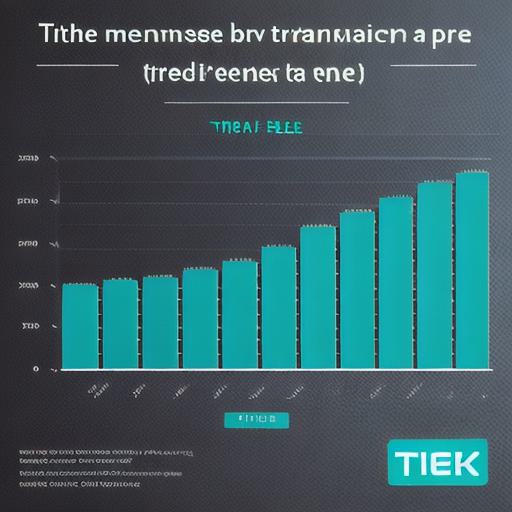Introduction
Blockchain technology has transformed various industries such as finance, supply chain management, and healthcare. With the advent of Web3 platforms, blockchain technology is set to revolutionize the internet as we know it. In this article, we will explore how Web3 platforms are changing the game for developers and users alike. We will also discuss the benefits and challenges of using Web3 platforms and provide real-life examples to illustrate these points.
What are Web3 Platforms?
Web3 platforms are decentralized applications (dApps) that run on blockchain technology. These platforms enable users to interact with smart contracts and decentralized storage systems without the need for intermediaries such as banks or other financial institutions. Web3 platforms provide a more secure, transparent, and efficient way of conducting transactions and storing data.
Benefits of Web3 Platforms
- Decentralization: Web3 platforms are decentralized, which means that they are not controlled by any single entity or organization. This eliminates the need for intermediaries and reduces the risk of centralized failure.
- Security: Web3 platforms use cryptographic algorithms to secure data and transactions. This ensures that data is protected from unauthorized access and tampering.
- Transparency: All transactions on Web3 platforms are recorded on a public ledger, which provides transparency and accountability.

- Efficiency: Web3 platforms enable faster and cheaper transactions compared to traditional methods. They also reduce the need for intermediaries, which saves time and resources.
Challenges of Web3 Platforms
- Regulation: The lack of regulation around Web3 platforms poses a challenge for developers and users alike. Without clear guidelines, there is a risk of fraud, scams, and other illegal activities.
- Scalability: Web3 platforms face scalability challenges due to their reliance on blockchain technology. This can lead to slower transaction times and increased fees.

- User Adoption: Despite the benefits of Web3 platforms, user adoption is still low. This is due to a lack of awareness, understanding, and trust in the technology.
Real-Life Examples of Web3 Platforms
- Ethereum: Ethereum is the most popular Web3 platform, with over 2 million active developers. It enables users to build decentralized applications such as smart contracts and non-fungible tokens (NFTs).
- Binance Smart Chain: Binance Smart Chain is a high-performance Web3 platform that enables fast and cheap transactions. It is also compatible with the Ethereum ecosystem, which makes it easier for developers to build dApps.
- Polkadot: Polkadot is a decentralized network of Web3 platforms that enables interoperability between different blockchains. This enables developers to build dApps that can operate across multiple blockchains and networks.
Conclusion
Web3 platforms are set to revolutionize the future of blockchain technology by enabling decentralized applications that provide security, transparency, efficiency, and scalability. While there are challenges such as regulation, scalability, and user adoption, the benefits of Web3 platforms outweigh these challenges. As more users and developers adopt Web3 platforms, we can expect to see a significant shift in the way we interact with technology and each other.
